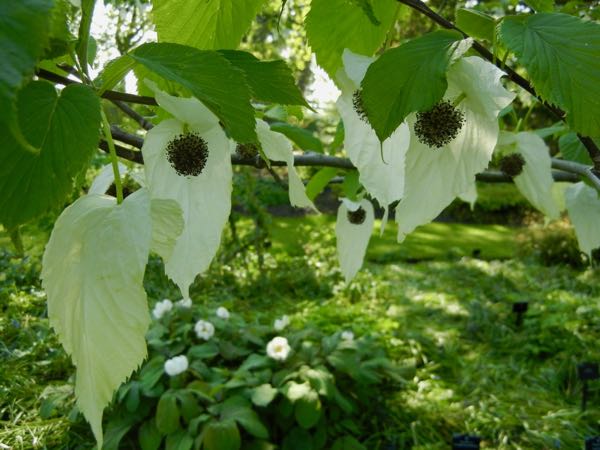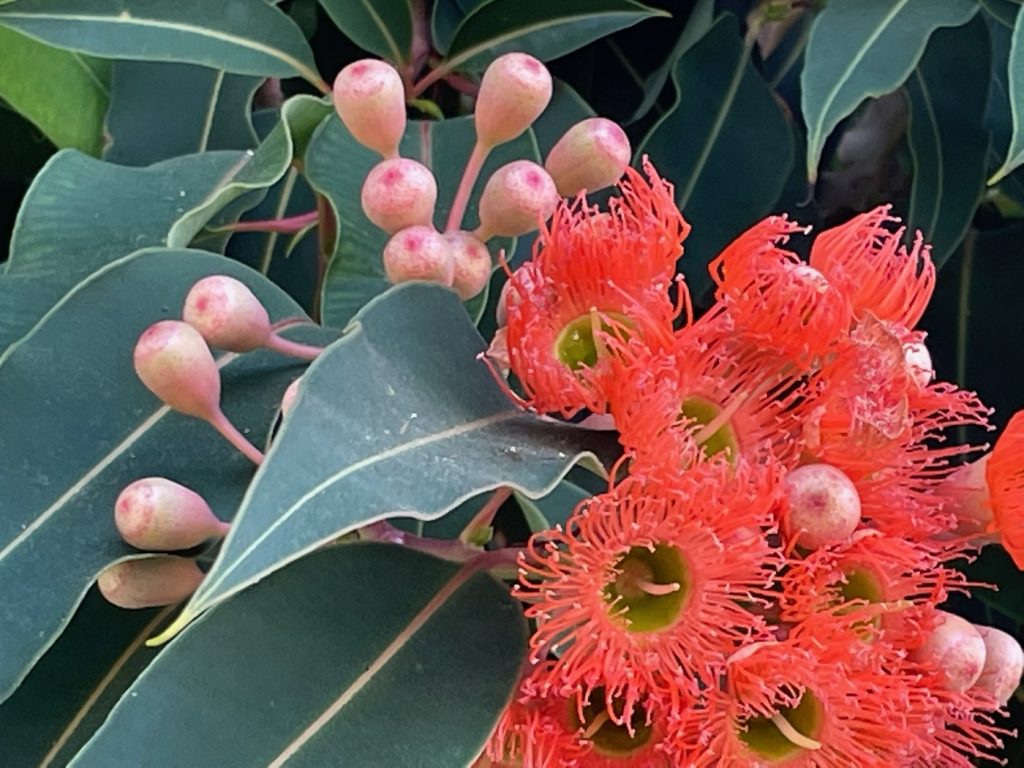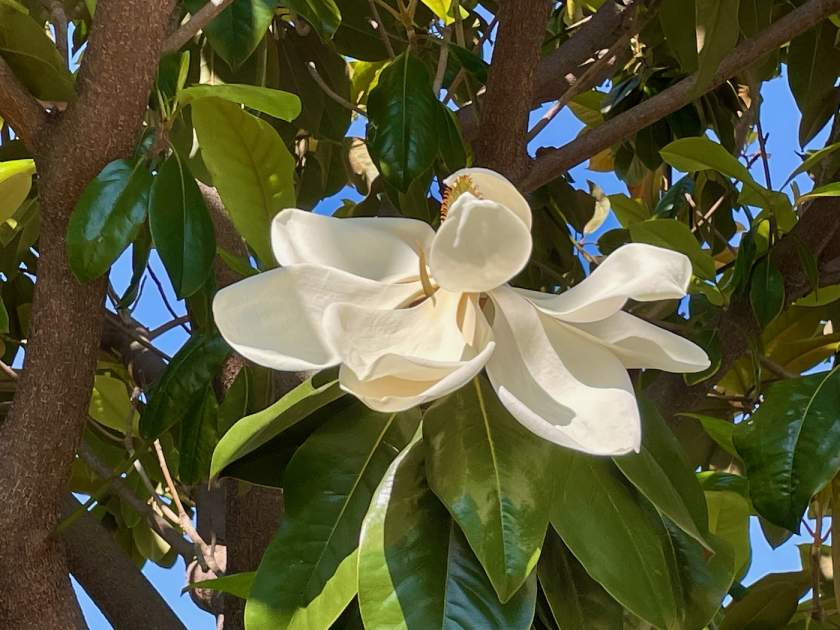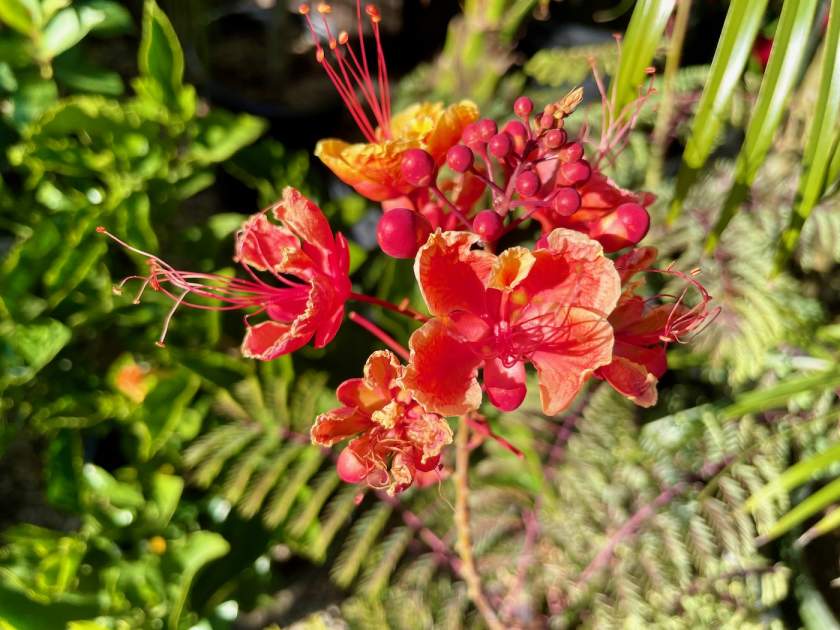Davidia involucrata var. vilmoriniana: The Enchanting Dove Tree
Davidia involucrata var. vilmoriniana, commonly known as the de Vilmorin Handkerchief Tree or Dove Tree ‘vilmoriniana,’ belongs to the Nyssaceae family. Native to China, this deciduous tree exhibits remarkable features that make it a captivating addition to any landscape.
Etymology: The genus Davidia was named by Henri Baillon in 1871 as a tribute to Father Armand David (1826-1900), a French missionary who resided in China. Father David first observed this remarkable tree in 1869 and brought it to the attention of the botanical world.
Growth Habit: Davidia involucrata var. vilmoriniana can grow to a height of approximately 12m (38ft). Its graceful form and elegant branching structure contribute to its visual appeal. The tree’s distinctive feature is its stunning display of unique flowers surrounded by delicate bracts, resembling fluttering handkerchiefs or doves in flight.
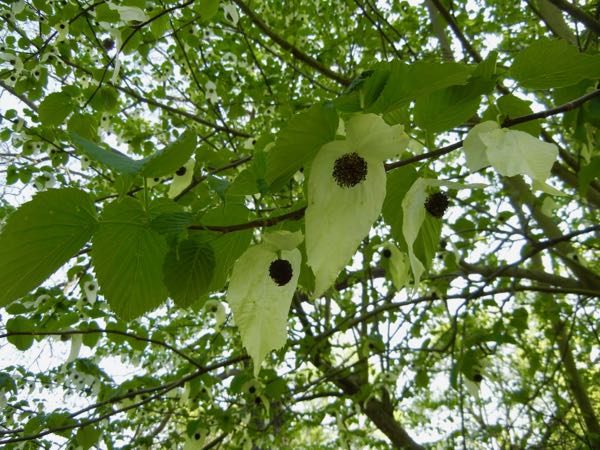
Foliage: The foliage of Davidia involucrata var. vilmoriniana starts as reddish in color, gradually transitioning to a vibrant shade of bright green. The leaves are broadly ovate with serrated edges, adding texture and interest to the tree’s overall appearance. The leaf undersides are glabrous, devoid of hairs.
Flower Appearance: In spring, Davidia involucrata var. vilmoriniana bursts into a spectacle of small, inconspicuous flowers. However, what truly captures attention are the larger, creamy-white ovate bracts that surround the flowers. These showy bracts create a mesmerizing display and give the tree its renowned ornamental value.
Fruit Production: Following the flowering period, Davidia involucrata var. vilmoriniana develops elliptic greenish-brown fruits, typically maturing in autumn. While not as visually striking as the flowers and bracts, the fruits contribute to the tree’s overall ornamental appeal.
How to grow Davidia involucrata var. vilmoriniana:
Light and Exposure: Davidia involucrata var. vilmoriniana thrives when grown in a location that receives either full sun or partial shade. It is essential to provide some shelter from harsh winds and cold temperatures, as the tree benefits from protection in colder climates.
Soil Conditions: To support healthy growth, plant Davidia involucrata var. vilmoriniana in organically rich, moist, and well-drained soil. Adequate soil moisture is crucial for the tree’s vitality. However, it is essential to ensure proper drainage to prevent waterlogging, which can be detrimental to its health.
Propagation: This tree can be propagated through seed or hardwood cuttings. Seeds should be sown as soon as they are ripe, as they have a short viability period. Hardwood cuttings can be taken during the dormant season and should be treated with rooting hormone before planting.
Pest and Disease Resistance: Davidia involucrata var. vilmoriniana is generally considered pest-free and disease-free, making it a low-maintenance choice for gardeners. However, it is always advisable to monitor the tree’s health and promptly address any issues that may arise.
Growth Rate and Flowering: This variety of Dove Tree exhibits a moderate growth rate. It begins to flower when it reaches maturity, typically after several years of growth. The delicate and alluring flowers of Davidia involucrata var. vilmoriniana attract bees and butterflies, adding an
element of beauty and charm to the surrounding garden environment. The presence of pollinators enhances the biodiversity and ecological value of the area.
Maintenance: Davidia involucrata var. vilmoriniana generally requires minimal maintenance once established. Regular watering, especially during periods of drought, will help ensure the tree’s health and vigor. Pruning is usually unnecessary, but if required, it is best done during the dormant season to shape the tree or remove any dead or damaged branches.
Landscape Use: Due to its striking appearance and unique flowering display, Davidia involucrata var. vilmoriniana is often used as a focal point or specimen tree in gardens and landscapes. Its eye-catching qualities make it an excellent choice for adding visual interest and creating a captivating focal point in larger spaces.
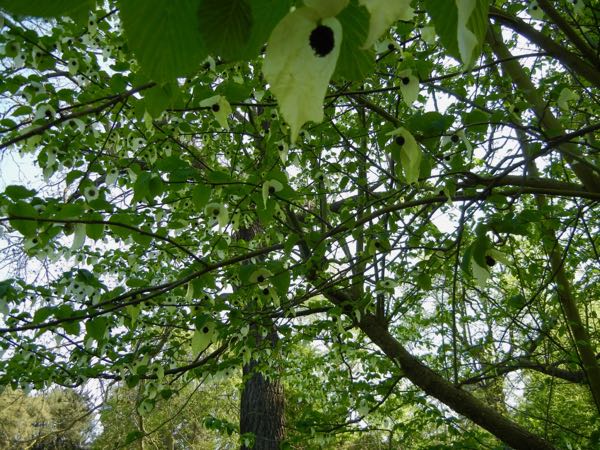
Cultural Significance: Beyond its horticultural value, the Dove Tree holds cultural significance as well. It has been revered in its native China for centuries, representing beauty, purity, and tranquility. The tree’s historical and symbolic associations add a layer of depth and meaning to its presence in the landscape.
By following these cultivation guidelines, you can successfully grow Davidia involucrata var. vilmoriniana and enjoy its exquisite beauty and cultural significance. Its graceful form, enchanting flowers, and lush foliage will undoubtedly leave a lasting impression and create a captivating focal point in your garden.
Also, read Davidia involucrata.
